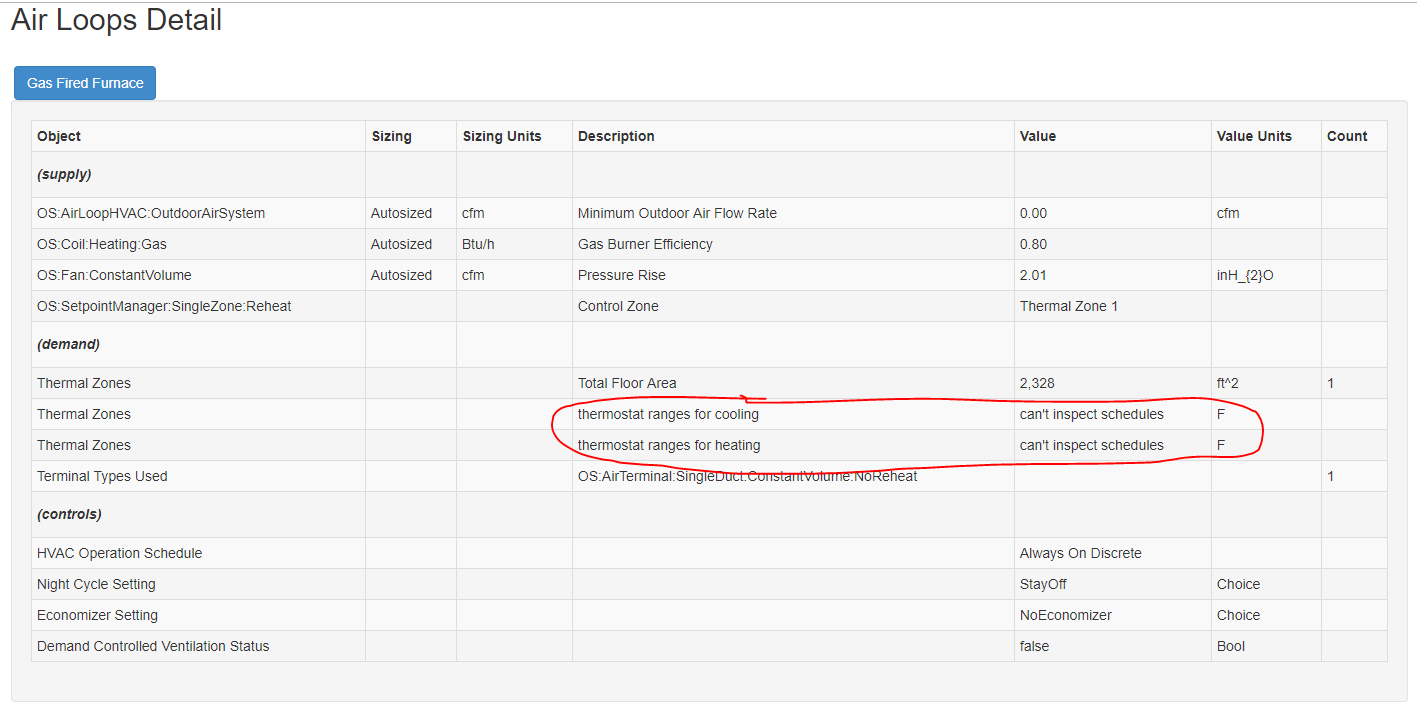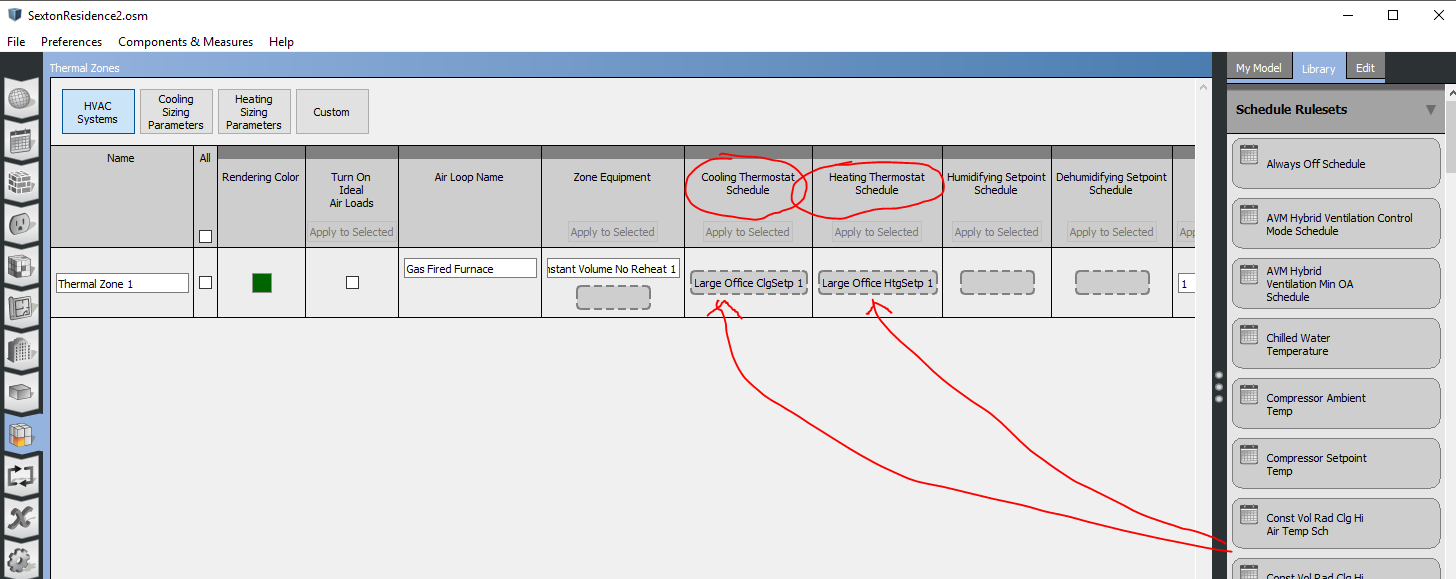Basic Envelope Change results in opposite EUI results of those expected
This is a very basic question. I have two OpenStudio files. The only difference is one wall construction with a higher R value between the two. After running the simulation, the file with the higher R value in an exterior wall has returned a higher EUI. I can't find the issue. Any ideas?
I have a link to Dropbox below. The Alt file has the improved Envelope.








what climate? what causes the EUI increase - heating, cooling, or both? what kind of system? You need to include much more detail on your model for the forum to be able to help.
It is in a Western Canadian Climate. Heating is increasing, no cooling system is installed. Am I able to upload the files somehow? Just change the extension?
upload it to google drive or other service and then post the link above.
Added link above in question.